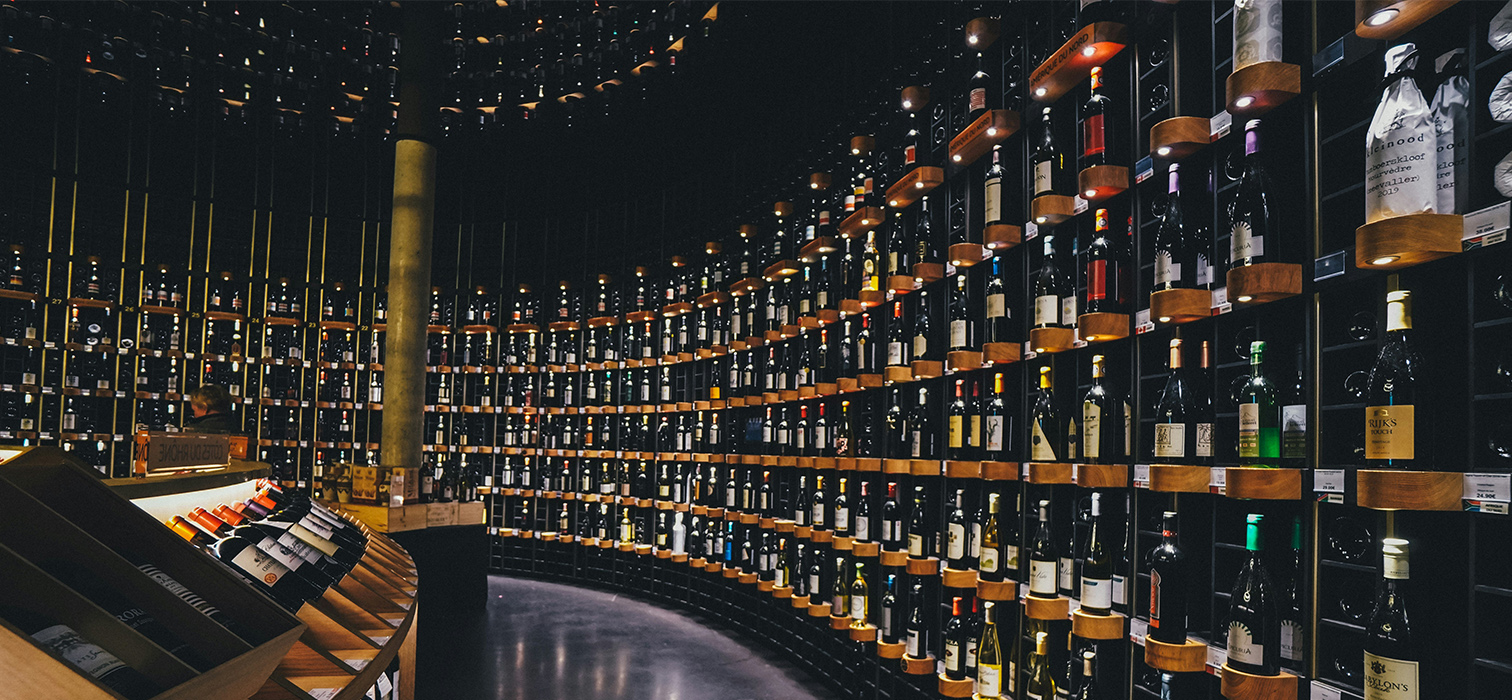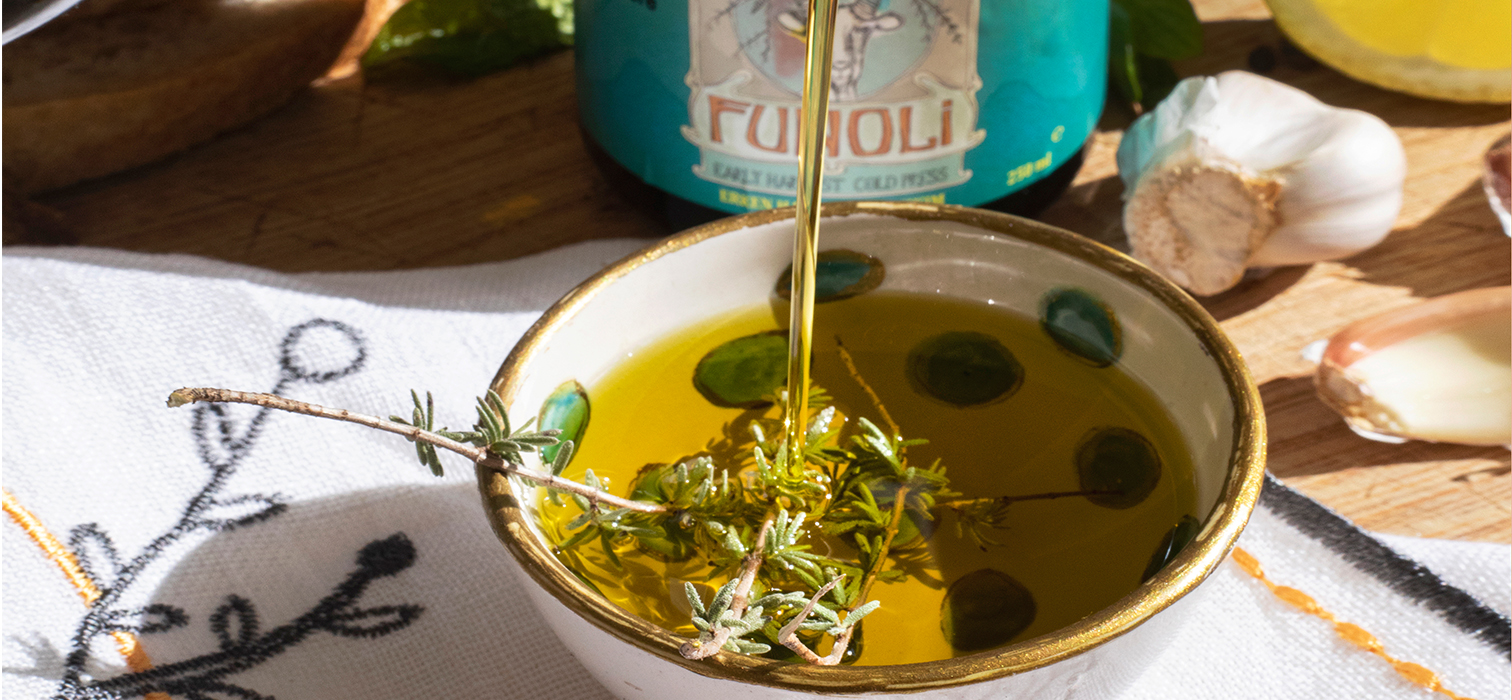
India is such a country that is famous all over the world for its crowded streets, famous cinema, music, dances, colors and even its unique cuisine as well as chaos. Let’s go on a deep exploration among the richly sauced, spicy, aromatic flavors of the multi-layered Indian cuisine, which is a sign of the people’s history and beliefs.
India, in addition to being the most populous country in the world, is also among the largest countries. This situation naturally creates diversity in many areas, from different socioeconomic structures to different beliefs. Indeed, Indian cuisine is also divided into two parts as northern and southern. Different beliefs in India cause different cuisines. While rice, legumes and spicy vegetarian dishes have increased in the South Indian cuisine, which does not consider it appropriate to eat meat according to religious beliefs, the North Indian cuisine is dominated by palace influences and has a wide variety of meat dishes. But wherever you go in India, all Indians love coriander, curry, saffron and their special spice mixture masala!

We can talk about many factors in the formation of food culture in the Indian civilization, which is considered among the oldest civilizations. The most important of these is their religious beliefs. When the Indian people met Buddhism in the 500s BC, they began to believe that everything that lives together is sacred; this belief enables food cultures to develop towards vegetarianism. However, with the Mongol invasion around the 13th century, they adopted the Mongolian cooking methods and Islam began to become more influential in their religious beliefs. During this period, Indians consume less pork and focus on using chicken and lamb. On the other hand, the Mongols enriched the Indians’ food culture by introducing them to different flavors such as dried fruits, almonds and saffron.
The relations with China that developed throughout the historical process enabled the spread of different food containers and therefore different cooking techniques in India. In the age of discoveries, this time England, Portugal and France meet the lands of India that shine like the sun. Thanks to these new cultures, tomato, potato and pepper varieties coming from distant lands are entering Indian cuisine.

When it comes to spices in Indian cuisine, the first thing that comes to mind is curry, but it is possible to say that coriander is at its center. Let us remind you that curry consists of a mixture of many spices. So much so that, it is a type of spice that has different layers from sweet to bitter. In addition, cumin, cinnamon, cardamom, cloves, black pepper and nutmeg are among the most frequently used spices in Indian dishes. Garam masala, which means spice mixture, is the most preferred masala and contains strong aromas such as coriander, cumin and cinnamon. This cuisine, which maintains the wonderful harmony of sweet and sour thanks to spices, is perhaps the most unique cuisine in the world, what do you think?
Although tastes and aromas come together to create a vibrant texture, tools and cooking methods are very important to master Indian cuisine. Although steel pots are very valuable for this kitchen, cast iron and aluminum pans are far ahead. Karhai, or Indian wok pan, and dosa pan, which resembles a crepe pan, are one of the kitchen utensils that have been passed down through generations. Steel puttu cooker, one of the steam cookers, and Indian pressure cookers are also indispensable parts of this culture. Belan, the famous Indian rolling pin, also enables the preparation of perfect thin and round breads.
Keema, one of the most prominent flavors among traditional Indian dishes, includes minced lamb or goat meat, garlic, onion, hot green pepper, peas and ginger. This dish, served with lavash, is among the most popular. Other traditional flavors include naan, which is thicker than the lavash bread we know, samosa, tandoori chicken, curry chicken, and dosa, which is a type of pancake made with rice flour and milk. Gulab jamun is one of the most popular desserts in Indian cuisine, which has hundreds of different recipes. It is prepared by pouring a special syrup onto fried dough balls. Even though its dough resembles our lokma, its trademark is in its syrup. The dough, soaked with saffron, rose water and cardamom, is often accompanied by vanilla ice cream.
Even you don’t have chance to a travel to India soon, you can find Indian restaurants from New York to Dubai, and also in Istanbul. As the first step for Indians culture, you can begin with experiencing the best Indian restaurants. Here a great guide for you.
Veeraswamy – London
You can enjoy the best flavors of this cuisine at the city’s oldest Indian restaurant, located on Regent Street, one of the most historically important streets in London. Veeraswamy, which has a history of almost a century, has changed many times throughout the process, but its star has always shined. Uday Salunkhe and his team, who have been the head chef of the restaurant since 2002, offer their guests traditional Indian dishes, as well as lightly and carefully grilled seafood, royal biryani pilaf and much more. The food at the restaurant, which won a Michelin star in 2016, is always full of color and abundant aroma. Veeraswamy, whose food attracts attention with its appearance as well as taste, welcomes its guests with all the splendor of luxury with its colors and decoration reflecting Indian culture.
Carnival by Trèsind – Dubai
The kitchen of Carnival by Trèsind, which is in the Fine Dining restaurant category, is entrusted to Chef Rahil Aga. Although the modern and lively theme of the restaurant, decorated with colorful umbrellas, gilded trees and two large dining areas, is reflected in its menu, the dishes are prepared in accordance with the traditions of Indian cuisine. Drawing attention with its extremely creative menus, Carnival by Trèsind offers unique thematic food varieties. If you cannot decide which dish to choose in the place where delicious dishes are served, you can try the tasting menu with its flavors renewed every season. Be sure to keep in mind the Aamsutra dessert recommended by the Michelin guide.
Junoon – New York
Junoon, which means “passion” in Hindi, adds an elegant and modern touch to the unique texture of Indian cuisine. Inspired by his love for Indian culture, Rajesh Bhardwaj welcomes his guests with the special team he established to bring Indian cuisine to the international gastronomy stage. At the restaurant, which was awarded a Michelin star the year it opened, Chef Akshay Bhardwaj and his team offer traditional and local cuisine with an innovative and modern approach. Sharing different tastes with Indian cuisine lovers, Junoon now features special flavors such as chaat masala and delicious grilled salmon sauced with pickled grapes. You can also try the tasting menu, which is renewed every season, at the restaurant, which creates a vision of the future of Indian cuisine.
Adrak Yorkville – Toronto
Enjoy the aura of hand-carved furniture, turmeric-colored cabins and golden color at Adrak Yorkville! When you enter, you are greeted by the magnificent Ganesha statue, which is believed to bring prosperity and wisdom. In addition to its magnificent and elegant appearance, it enchants its guests with carefully prepared dishes specific to regions all over India. The concept of the restaurant is a little different; there is no head chef here. Instead, chefs, each specialized in their own fields, prepare delicious meals at the head of their own departments. The team’s co-mentor is Michelin-starred chef Vineet Bhatia. Inspired by Indian tradition, the restaurant also offers a blend of innovation and modernity. All dishes that require cooking and baking are made in clay tandoor ovens. One of the most popular dishes of the restaurant, which has a place in the Toronto Michelin guide, is chicken biryani, one of the traditional rice dishes.
Where to Eat the Best Indian Cuisine in Turkey?
Madhu’s Istanbul
You can experience Indian cuisine flavors that you have never experienced before, at Madhu’s Istanbul, with the delicacies prepared by Head Chef Amardeep Anand and his team. The London-based restaurant, which has been adding modern touches to traditional Indian cuisine for four generations, includes recommended flavors for you to try. First among these is the signature dish of the venue, Nyamah Choma, which consists of lamb ribs marinated with lemon and pepper. The place attracts attention with its most delicious Indian sauces, special spices and many other traditional flavors seasoned with masala, and attracts attention with its magnificent decoration reflecting Indian culture.



